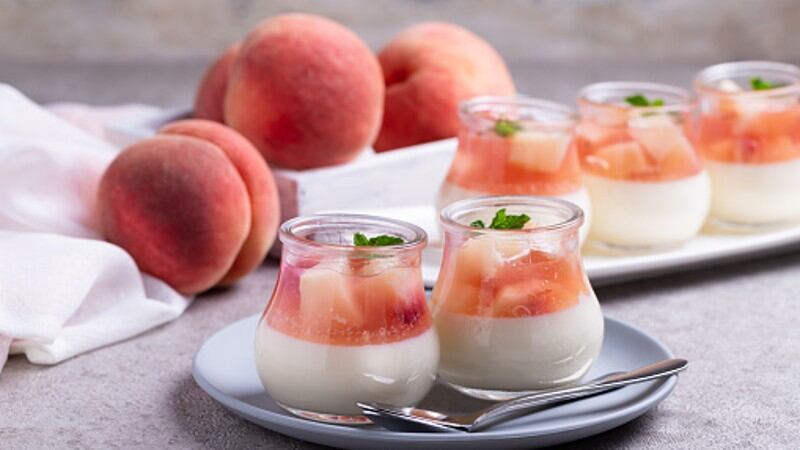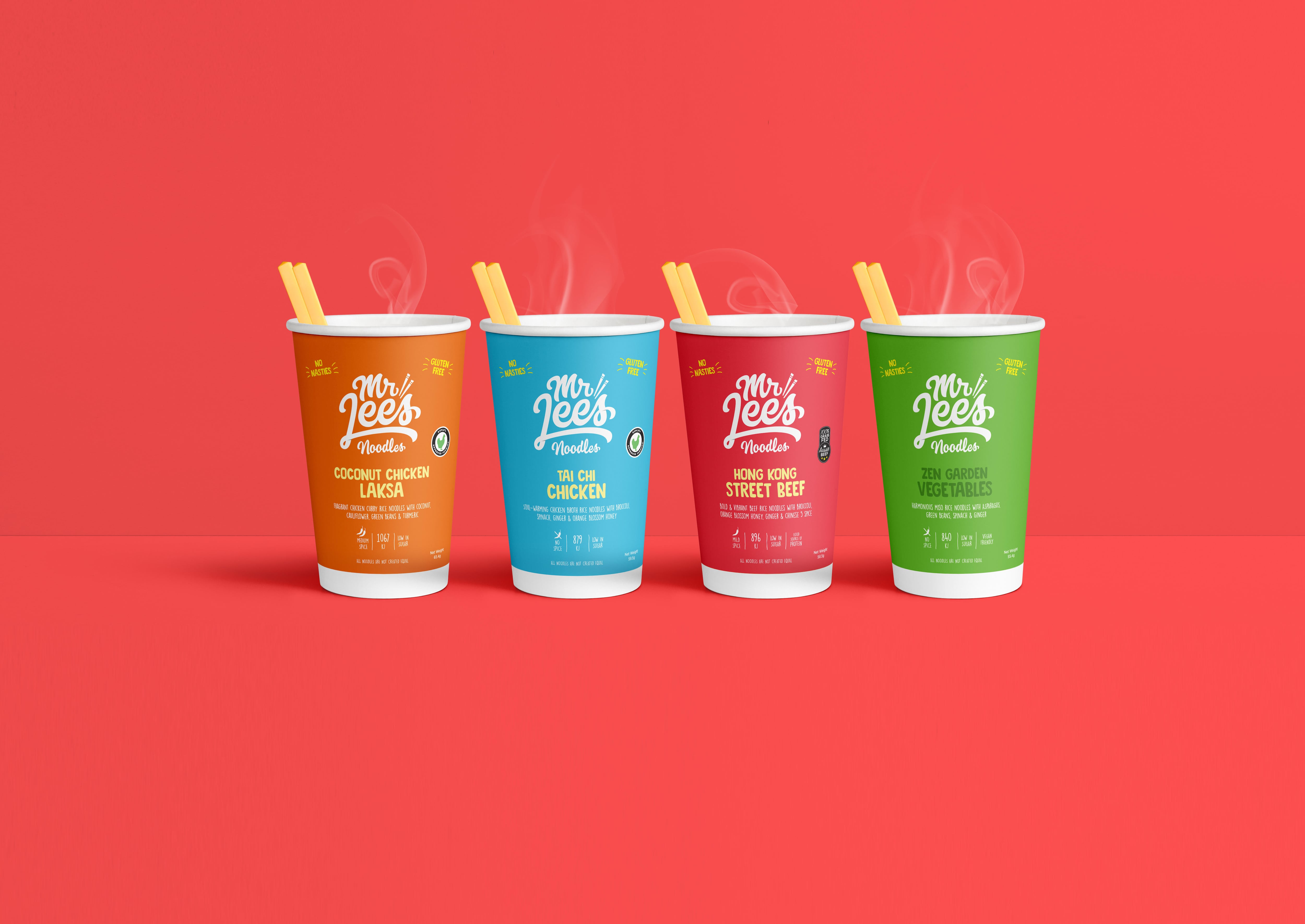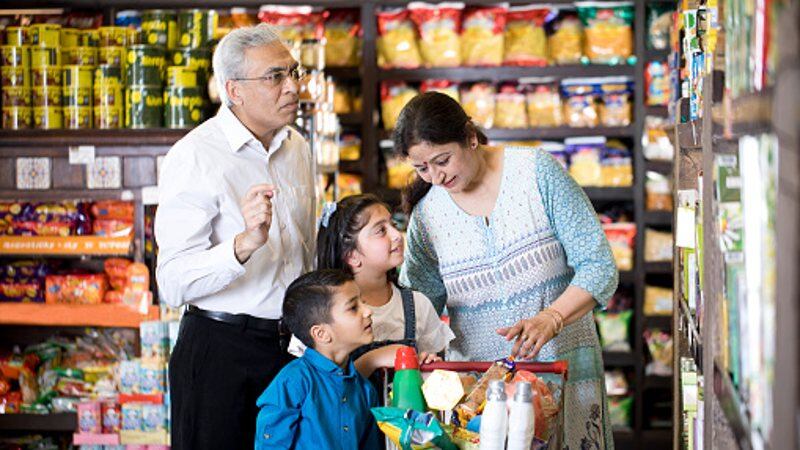IFF merged with DuPont in February 2021 and has since expanded its scope from focusing solely on flavours and fragrances to include ingredients and solutions within the food and beverage sector amongst others. Flavours does however continue to be a major area for the company.
According to Dr Li Yong Jing, Greater Asia Regional President of the firm’s new food and beverage division IFF Nourish, Asia is a major target market for the division and will continue to be a centre of focus in the near future.
The firm recently ploughed US$87mn into its largest Asian factory in Indonesia to cater to modern demands.
“Asia continues to be a major growth area for our Nourish business division [and the US$87mn investment will allow for] expansion and increased capacity services for our customers in South East Asia and North Asia,” Dr Li told FoodNavigator-Asia.
“[The] newly extended manufacturing facility in Karawang, Indonesia focuses on producing flavours that range from savoury and sweet to citrus and fruity, savoury solutions such as seasoning blends and flavor modulators designed for a host of food and beverage products.
“F&B companies seeking to conquer the Asian market, must be able to respond fast to the ever-evolving demands of the Asian consumer, with F&B products that deliver a superior and differentiated experience [and we believe that this investment] will translate into that value.”
Dr Li described the Karawang facility as being in a ‘strategic location’ close to Asian companies, which is also key for the company to better understand local ingredient preferences, particularly when it comes to flavours.
“Different regional consumers may favour different flavour profiles of the same food item - a peach is not just a peach,” IFF Greater Asia Regional Marketing Leader Michelle Lee told us.
“For example, Chinese consumers prefer peaches that taste fruity, candy-like and jammy, whilst Indonesian consumers prefer peaches with more fruit, that are ripe and with sweeter notes – [so] having a strong grasp of the different flavour nuances are important when developing similar products for different countries.
“This is to ensure market traction and eventually, successful commercialisation.”
Lee also highlighted a clear rise in demand for healthier food and beverages as well as plant-based alternatives in the region since COVID-19 hit when it comes down to the flavouring of these products.
“There’s been a pronounced shift towards natural products, healthier diets, and personal nutrition, accelerated by COVID-19 - Consumers are looking to incorporate healthful and nutritious products that blend seamlessly or can be easily swapped into their busy lifestyles, especially as more consumers are exploring flexitarian diets,” she said.
“[But even here, the localisation factor cannot be skipped and] ss such, we must innovate flavours that resonate with different palates and preferences.
“[For example], we have designed product concepts that are attuned to various regions’ diets, including plant-based meat alternatives that can be used in Thai-style pad ka prow (Thai basil minced meat) and plant-based ambient yogurt products with flavors that mirror trending Korean-inspired fruit flavors, which resonate well with consumers in Asia.”
Apart from health, nutrition and plant-based alternatives, IFF has also identified home cooking, functional foods and beverages, foods that offer emotional comfort, healthy ageing and immune health as key food and beverage trends that will continue to impact Asia’s food and beverage sector in 2022.
Sustainability focus
Indonesia does not have the best reputation in terms of sustainable operations, but IFF is doing what it can to maximise sustainability in its newly extended Karawang facility.
“[The] site’s sustainability initiatives range from zero waste to landfill, and reductions in greenhouse gas emissions, energy, water, and hazardous waste,” IFF Country Manager and President Director – Indonesia Natanael Sugianto told us.
“To date, we have seen some promising results including water savings of 550m3 per month from the installation of a water purification system that uses the latest reverse osmosis tech and allows wastewater to be reused for utility purposes; as well as a 79% reduction of hazardous waste generated, from 48kg to 10kg per ton of product through the recycling of hazardous sludge waste.
“[We also use an] environmentally friendly recycling process where the sludge waste is used, for the cultivation of maggots - the basic ingredients for cosmetics or fish feed, ingredients for making organic fertilisers, or even as a mixture for making bricks, instead of just putting this through the incineration process.”





